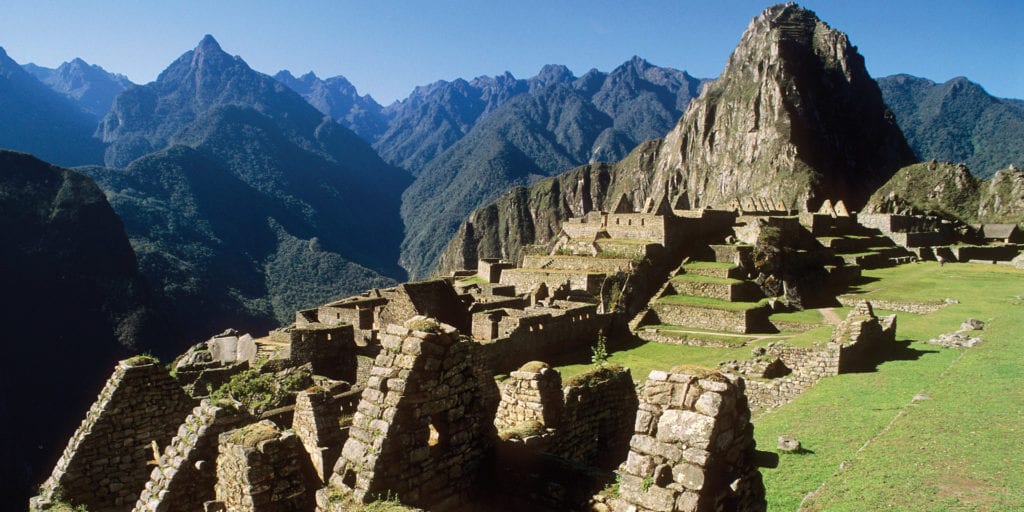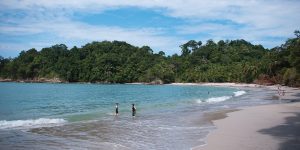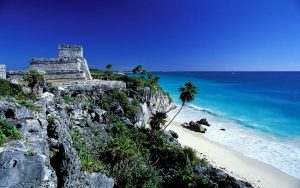Happy Friday everyone! It is that time of the week when we start winding down and thinking about a knockoff drink! Here in Australia, we may reach for a cold beer or a glass of wine. But in Latin America, there is a wonderful (and often weird) array of national drinks for you to try! And what better way to get acquainted with local tastes and perhaps even practice a bit of Spanish – than with a tongue-loosening tipple?
Our dedicated team of Travel Specialists has selflessly devoted themselves to the task of investigating Latin America’s most popular national drinks. So you can head straight to the bar and dive in!
Argentina – Fernet Branca
This spirit may originate from Italy, but Argentina loves it best. In fact, Argentines consume around three times as much of this bitter digestive as Italians! And to keep up with demand, it has Fratelli Branca’s only distillery outside of Italy. But Argentines add their own unique twist – and most commonly mix fernet with Coke. For adventurous swillers, Argentina’s national drink is a must-try! But be warned – it is an acquired taste!
Brazil – Cachaça
Distillers make Brazil’s national spirit from fermented sugarcane juice and either bottle it immediately (white) or age it in wooden barrels (gold). And when we say this is the most popular drink in Brazil we are not kidding! In fact, more than 800 million litres of the stuff are produced every year, with only a tiny percentage going to export! The caipirinha best known Cachaça as is its central ingredient. But it has been undergoing an evolution in recent times. More artisanal brands have led to improved quality and complexity, and a greater tendency to enjoy the spirit neat. However, if this is your first foray, we recommend starting with a caipirinha where the firey nature of cachaça is tempered by the addition of sugar and lime. Even so, these drinks pack quite a punch so take it easy!
Colombia – Aguardiente
Distillers make Colombian aguardiente from just four ingredients: alcohol, sugar, anise, and water. And it is similar to raki in Turkey, ouzo in Greece, pastis in France, or sambuca in Italy. But unlike its more potent cousins, aguardiente usually sits at around 28% alcohol. Don’t let this fool you, however! Due to the high sugar content, a night on Colombia’s national drink usually results in a worse hangover than stronger, purer spirits such as vodka.
Cuba (and elsewhere) – Rum
Rum is produced by a host of Caribbean islands and at least ten Latin American countries. And thanks to years of research we can safely say that Guyana makes the best! However, Cuba produces some of the most recognized brands of rum in the world including the ubiquitous Havana Club. And it is also responsible for two of the most popular rum cocktails, the mojito, and the daiquiri. And what better place to sample these classic cocktails than in the bars made famous by Ernest Hemingway? He supposedly favoured “mi mojito en La Bodeguita; mi daiquiri en El Floridita” – and who are we to argue with Hemingway! Check out these famous haunts whilst in Havana. Better yet, book a tour of the Havana Club distillery for the full rum appreciation experience!
Mexico – Mezcal
We probably surprised you here, didn’t we? But while we most commonly think of tequila as Mexico’s national spirit, it is actually mezcal that we should talk about. Mezcal refers to a distilled alcoholic beverage made from any type of agave. And so, in fact, tequila is a type of mezcal! However, in reality, there are more differences than similarities between tequila and other types of mezcal. Firstly, they are made from different species of agave. Secondly, they are produced in different regions. And most importantly, they are distilled differently. Mezcal producers use in-ground fire pits filled with wood and charcoal, which is what gives the spirit its unique, smoky flavour. Visit a local distillery in Oaxaca, where around 90% of all the world’s mezcal is produced. This is an excellent starting point in understanding Mexico’s national spirit!
Bolivia – Alcohol Potable
Now this is one we don’t recommend trying! And in fact, it would be a stretch to call this Bolivia’s national drink. However, the utilitarian ‘drinkable alcohol’ is worthy of a mention – even if it is simply a cautionary tale! Alcohol potable is distilled from potatoes and at 96% pure would do a serviceable job of cleaning your bathroom. In Bolivia, it is either mixed with fruit juice or for the truly reckless, drunk straight-in shots. The Ceibo brand even advertises its ‘buen gusto’ (good flavour) on the label. Avoid at all costs.
Chile & Peru – Pisco
We have to tread carefully here because the origin of Pisco is hotly disputed by Chile and Peru – both of whom claim to have invented it. Distillers make Pisco by distilling fermented grape juice, and both Peru and Chile recognize it with Denomination of Origin status. And while Chile produces more than three times as much pisco, Peru is the leading exporter and has won more awards worldwide. Furthermore, in our opinion, Peru has the edge, if only in the cocktail arena! The Peruvian Pisco Sour combines pisco, egg white, lime juice, sugar syrup, and bitters for an exquisite aperitif. This one is arguably one of the most popular National Drinks in Latin America.
Thirsty?
So are we! And luckily, many of these spirits can be easily sourced right here in Australia! So why not grab a bottle of pisco, cachaça, mezcal, or rum and start experimenting with one (or many) National Drinks of Latin America today? Salud!





































































